What is the Steam Workshop and How Does It Work?
Designers craft their own vibrant weapon finishes using various textures and patterns. Valve’s Workshop tool conveniently previews your art on in-game models. Once you click publish, you can watch the community interact, a moment that sets the stage for potential Steam Workshop payment. Players then browse entries, leave feedback, and upvote their favorites, helping rising stars grab Valve’s attention for official cases. Before any payday, creators sign a quick contributor agreement, and bank details are submitted once approved. The revenue is then split among co-creators as the skins are slotted into cases for unboxing joy.
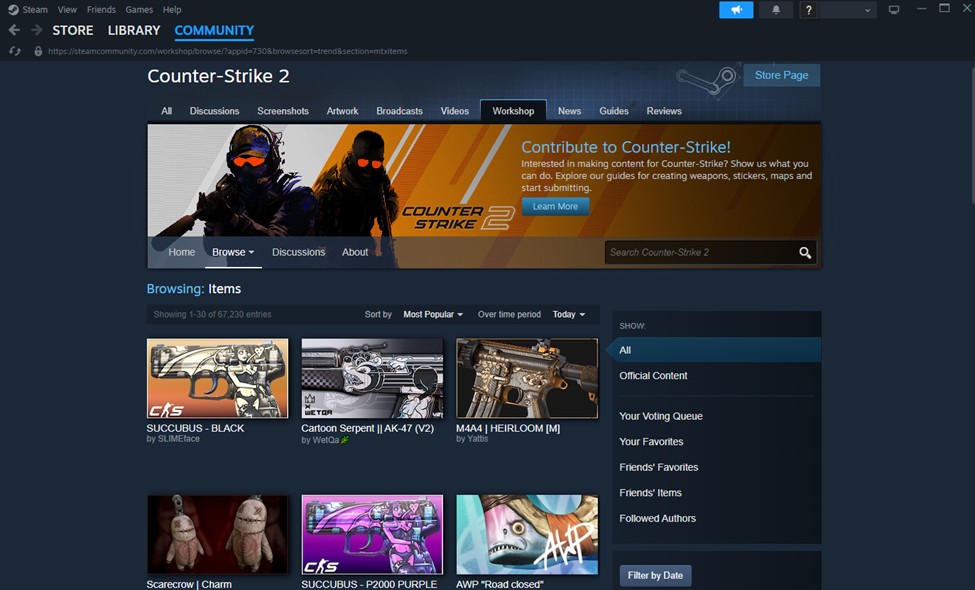
Every case sale and market trade triggers real royalties, with Valve sharing around ten percent from each key sale. How much do CS2 skin creators make depends largely on how often their skins are featured and opened. Creators can watch their balances grow on bank statements when payments arrive smoothly at set intervals. Collaboration means revenue is divided by contributor shares. Turn side gigs into full-time incomes with enough successful hits. CS2 skin royalties reward both new and veteran designers, effectively fueling artists' dreams into cash.
How Skins Are Selected for the Game
Valve has a dedicated content team that looks for art fitting CS2’s vibe and specific map themes. Community votes often catch their eye, pointing them towards standout designs. Valve typically aims for themes that match new updates and in-game events, while also hunting for a good balance across weapon rarity tiers. Each case usually holds one or two top-rarity skins alongside many mid-tier ones. Once shortlisting designs, Valve’s team tweaks and polishes textures for overall consistency. Final word and approval come when the team agrees on the optimal mix for a case.
Creators like ClegFX and Zaphk are well-known with this hustle. ClegFX, for instance, has landed multiple skins from his Dragon King series, while Zaphk scored big with his Empress and Tarot collections. Observing a designer's name over and over shows Valve’s trust in proven talent.
Their success stories continually inspire new artists to keep submitting their work. While Valve trusts familiar faces, the company always remains open to fresh entries. This mix of veteran skill and new ideas fills official collections. Pay attention to past winners and guide your strategy, as each case offers designers screen time and profit.
Key Elements That Determine CS2 Skin Value
| Element | What It Means for Your Skin's Worth |
| Tier Level | Skins are ranked from basic (Consumer Grade) to elite (Covert), with rare items like gloves and knives fetching premium prices. |
| Condition/Wear | Skins in better shape — such as “Factory New” — command higher market prices compared to worn ones like “Battle-Scarred.” |
| Design Details | Special elements like rare patterns or StatTrak™ counters can significantly increase a skin’s value. |
| Hype & Trends | Skins tied to trending esports teams, limited-time events, or major updates often experience spikes in popularity and price. |
How Much do CS2 skin creators make?
When Valve decides to pick your design for an official case, you’ll earn a share of the generated revenue. This system is fundamental to how Valve pays creators. Players buy keys for cases featuring your skin. Valve then sets aside about 10% of these key sales for the artists involved. You can even grab extra opens with a GGDrop Free Promo Code to test more designs. A single popular design in a successful case can generate six figures. Creators also earn from Steam Market fees when players trade that skin, and even a small share of these fees can add up significantly over time.
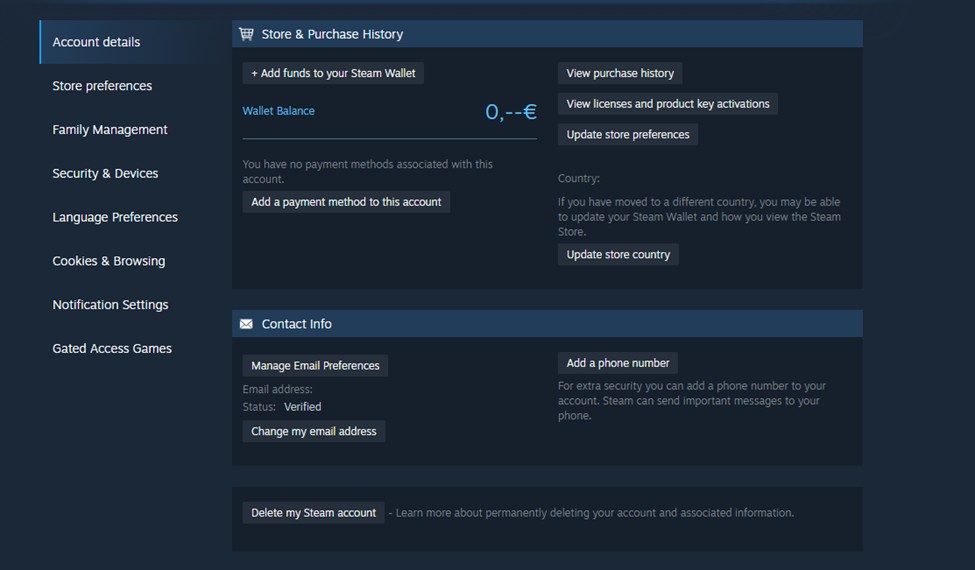
After selection, you sign a contract with Valve and submit your bank details. Payments then arrive via bank transfer on a monthly or quarterly schedule. First-time creators often receive around $30,000 in their first year, demonstrating typical CS2 skin artist income. With more skins in circulation, experienced artists might see $200,000 to $300,000 each year, and top performers regularly earn $500,000 or more from their skin royalties. These substantial payouts can turn hobby art into a serious income.
CS2 Skin Creator Income and Opportunities
| Pathway | Potential Earnings | Requirements | Notes |
| Valve-Selected Skins | $100k–$400k+/skin | High-quality, original design | Only a few selected per year |
| Contest Wins | $100k+ upfront + royalties | Winning contest entry | E.g., Dreams & Nightmares contest |
| Market Fees | Ongoing, varies | Skin must be actively traded | Share of Steam Market transactions |
| Alternative Monetization | Varies | Build audience, diversify platforms | Patreon, YouTube, digital art sales |
Real-World Case Examples
Gamers everywhere still buzz about community skins hitting the big time. Valve’s first community case, the Spectrum Case, opened in 2016 and included a handful of Workshop designs. This move showed players that fan art could genuinely become a regular fixture. Just a few years later, Operation Broken Fang’s Clutch Case also featured community entries. This further cemented the idea that creative players can actively shape CS2’s look.
Back in 2022, Valve raised the stakes with the Dreams & Nightmares contest. They offered a grand prize pool of $1,000,000 and invited artists worldwide to submit skins around that theme, attracting over 15,000 entries. Valve surprised many by selecting 17 winners instead of the planned ten. Each chosen artist walked away with $100,000 upfront and secured ongoing royalties once their skins hit the cases. This event put newcomers and veterans alike into the spotlight overnight.
That contest remains legendary, proving that even hobbyists can strike gold with the right design and timing. Winners continue to earn a cut from key sales and market fees today. Dreams & Nightmares stands as a prime example of how community creativity can translate into real cash for CS2 skin creators.
Can Anyone Make Money with Skins?
Many wonder how much do CS2 skin creators make. Outstanding craftsmanship matters most and breaking into earnings isn’t easy. Textures and balanced needs to be clean to catch Valve’s eye. A feel fresh and memorable skin will stand out among thousands of submissions. Original themes or unique art styles can give you a real edge.
As a beginner, you'll find the competition is quite stiff; only a tiny fraction of Workshop entries gets picked for cases. Many artists upload dozens of designs before landing a single slot, so patience and persistence are helpful. Clues on skin styles can be found in Valve’s existing collections while your work can be refined based on community feedback.
Chances can be boosted further, by keeping focus on one or two weapon models. Mastering a consistent theme, like minimalist designs or vibrant pop art can be the key. It's important to keep texture files tidy and follow Valve’s template guidelines. Your dedication can be shown by remembering to update skins after receiving comments.
Other Ways Creators Monetize
Patreon pages let fans support them monthly in exchange for exclusive content, such as early previews or high-resolution renders. YouTube it a good media to showcase designs through timelapses or tutorials. This can generate ad revenue on top of payments from Valve. Additionally, such channels might boost key counts with ongoing CS2 bonuses. Selling digital art or 3D models on marketplaces like ArtStation or Gumroad brings in another revenue trickle.
Branching into other games’ Workshop communities is popular for designers. Creating skins for Dota 2 or TF2 has be seen to expand a portfolio. Some turn to freelancer gigs, designing cosmetic items for indie titles. Building your reputation across platforms helps attract the important commission requests. Always remember that a diverse presence strengthens your brand and multiplies potential income streams.
Frequently Asked Questions:
How much can a CS2 skin creator earn in 2026?
Skin creators can earn anywhere from $30,000 to over $500,000 per year, depending on how many of their skins are accepted by Valve and how well those skins perform in the market. A single popular skin in an official case can easily generate six figures in revenue.
Do CS2 skin creators get royalties?
Yes. Creators typically receive around 10% of key sales revenue for any case that includes their skin. This royalty is shared among all co-creators if multiple artists contributed to the design.
How do creators get paid for CS2 skins?
Once Valve approves a skin for an official case, creators sign a contributor agreement and submit their bank details. Payments are then made monthly or quarterly via bank transfer, depending on Valve’s schedule.
How are skins chosen by Valve?
Valve selects skins based on quality, originality, community votes, and how well the design fits upcoming updates or map themes. Skins are usually selected from submissions in the Steam Workshop.
Can anyone submit CS2 skins and make money?
Yes, anyone can upload skin designs to the Steam Workshop. However, only a small percentage are chosen for official cases, so artistic skill, creativity, and consistency are crucial for success.
Do skin creators make money from the Steam Market?
Yes, skin creators also earn a small share of Steam Market transaction fees when their skin is traded between players. While this is less than key sales, it can add up over time.
Is it possible to earn a full-time income from CS2 skins?
Absolutely. Many successful designers have turned their hobby into a full-time career. With multiple accepted skins, some creators earn hundreds of thousands annually, especially when they diversify into other monetization methods like Patreon, YouTube, or digital art sales.
Are international creators eligible for Valve payouts?
Yes, Valve pays skin creators worldwide, as long as they complete the contributor agreement and provide valid payment details. Taxes may vary depending on your country.
CS2 Gambling
CS2 Skin Trading
Rust Gambling
Promo Codes
Online Casinos
Crypto Casinos
CyberSport Feed





![How Much do CS2 Skin Creators Make ([year])](/imgs/news_8215/20250523/1747990827_4b80ecb4a61c51b349b9.jpg)


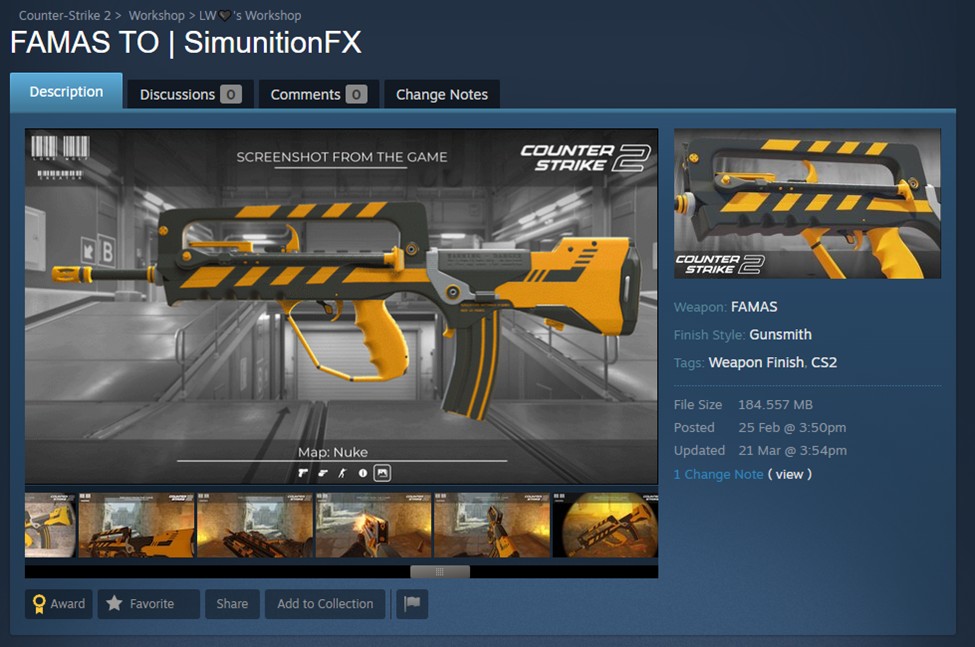

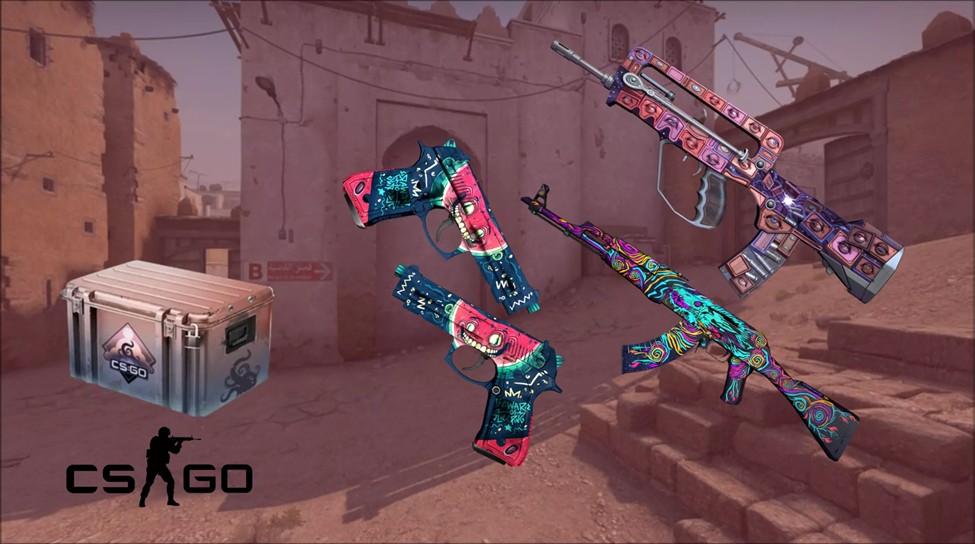
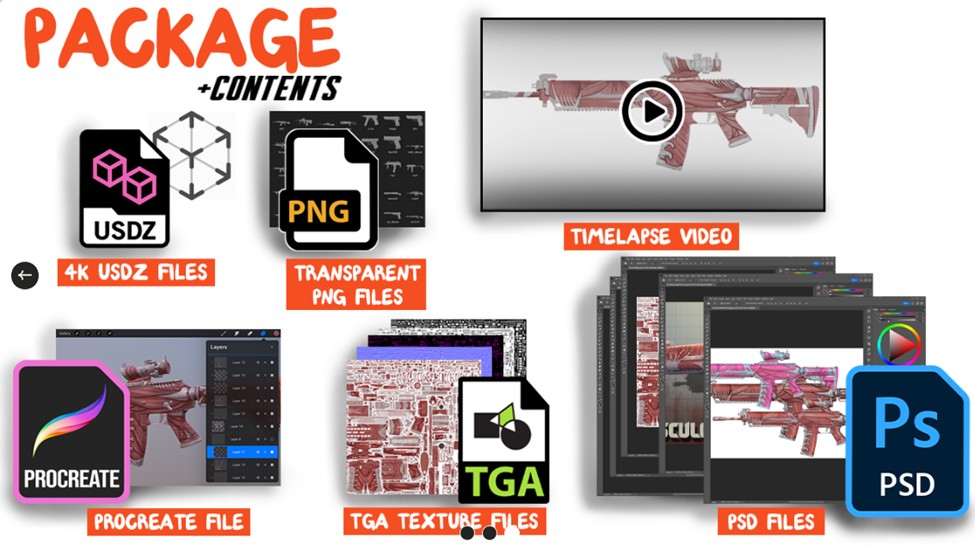

![Bitstarz: US Players Acceptance at Bitstarz Casino in [year] Bitstarz: US Players Acceptance at Bitstarz Casino in [year]](/imgs/news_8182/20250402/cache/1743606835_1a1236a2775ca0ab1ab0___308_174.jpg)
![How to Access and Play Duelbits in the USA Safely ([year]) How to Access and Play Duelbits in the USA Safely ([year])](/imgs/news_8205/20250507/cache/1746623340_435e1834fe214a3f70db___308_174.jpg)
![How Many People Are Playing CS2? - CS2 Player Count in [year]? How Many People Are Playing CS2? - CS2 Player Count in [year]?](/imgs/news_7993/20241030/cache/1730281283_68968b479860b306b3db___308_174.jpg)
